Another article from Joan: How to find joy in local jaunts. We try to stay responsible for our recreational travel. And for us, that means staying within a range of a tank full of gas. Here are Joan’s thoughts on this subject. -PM
This summer, I had big plans, but, of course, all of them changed. I planned to finish my last 200-mile section of the Pacific Crest Trail. But with COVID, I decided the responsible thing for me was to stay local this summer. I didn’t want to risk spreading COVID to other people or small, vulnerable communities (including my own) for the sake of non-essential travel, especially since the PCTA was specifically advising against trips in northern Washington.
The problem was that, at first, nothing about the plan to stay local seemed remotely interesting. Where I live (Moab, Utah) is dreadfully hot in summer, and there are only a few high elevation mountains that I can visit on one tank of gas where the temperatures are tolerable. I’d already spent lots of time in these local mountains and had “done” most of the trails. It didn’t feel meaningful in the way that is finishing a long-distance section hike does.
But I discovered that “just staying local” can be rewarding. It merely requires creative thinking and the ability to set your definitions of what constitutes an #epicadventure. Here are my five tips for making the most of things when you need to stay close to home:
- Make up a hiking challenge
Of course, you can do end to end hikes in your area, all the trails within a park or location, or all the high points above some arbitrary benchmark. To start, I made it my goal to hike every trail in the nearby national forest. But since there are only 70 miles of trail, I needed something else. That’s where the creativity (and fun) began.
I decided I’d hike all the trails in the least efficient way possible. So I planned routes where I backtracked or walked the same parts in different combinations. Then I added bonus challenges like hiking all the dirt roads, visiting all the ponds, lakes, and springs, and exploring ridges and drainages. One day we even walked fencelines. I dubbed it the “All in the La Sal” challenge because it wasn’t just all the trails- it was more about discovering all the things I could in the La Sals.
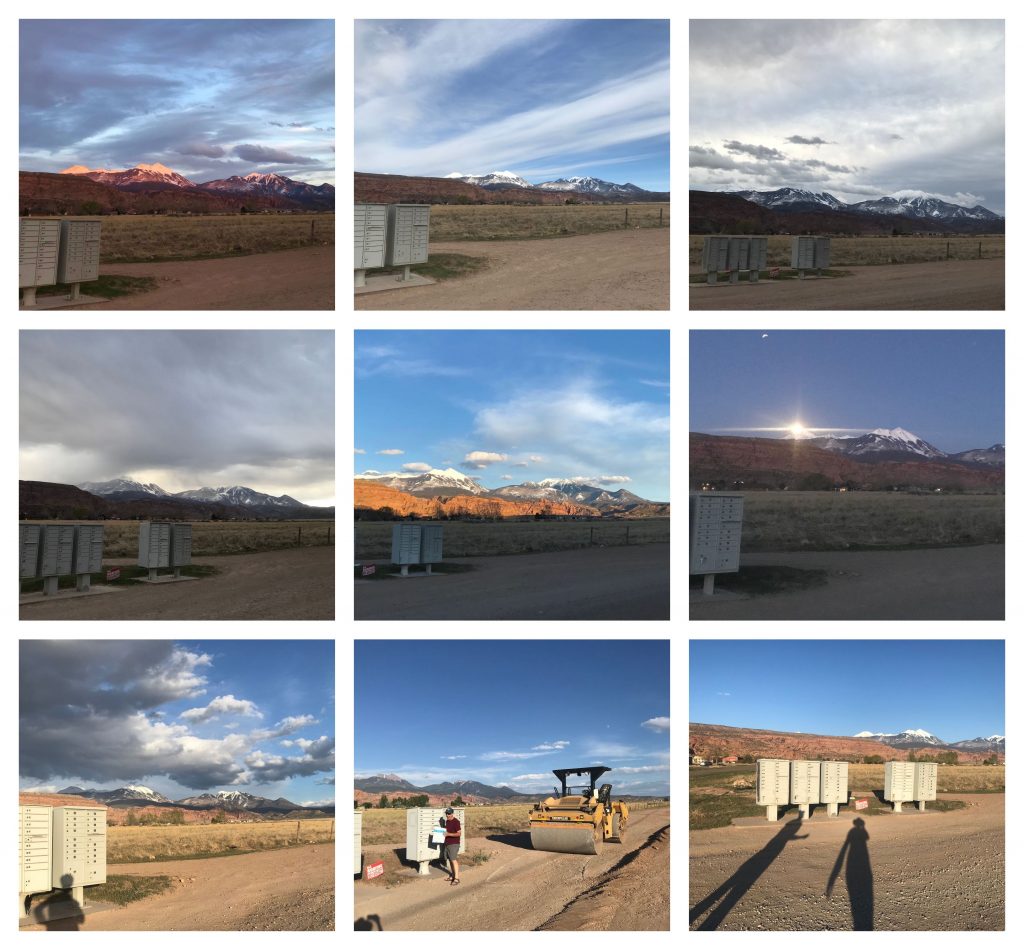
Photo: This spring, when I was teleworking due to COVID, I made up a challenge to hike back and forth to our mailbox (1-mile round-trip) one hundred times. #epicmailbox100
Sure, you can’t add any three-letter acronyms to your hiking resume if you do this, but who cares about that anyway. Making your challenge is fun!
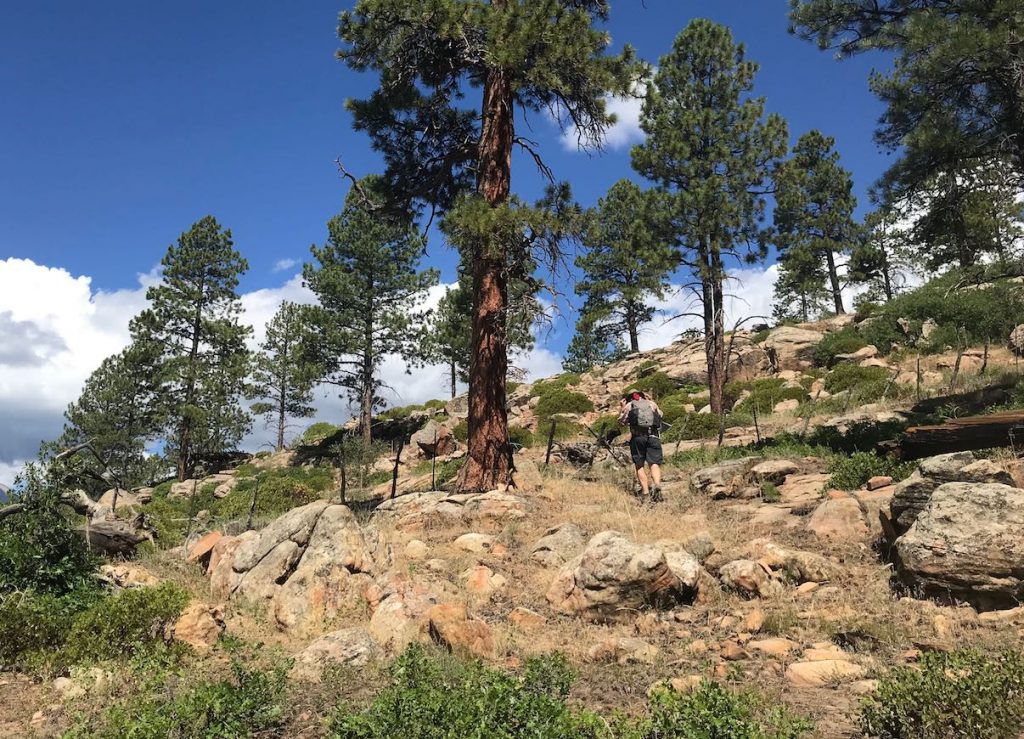
Photo: We named this the Great American Fenceline Route (GAFR). Because what is more American than a barbed-wire fence?
- Watch the seasons changing
When I hiked the same trails in my local mountains, I could watch the early spring wildflowers give way to summer and then fall blooms. Butterfly species change as well throughout the summer.
I used the iNaturalist app to record my observations of the plants and animals I saw on my trips. What I love about iNaturalist is that it makes my observations of nature feel more meaningful because they contribute to the larger scientific community. My observations of when various flower species start to bloom can help scientists understand the impacts of our changing climate. Also, I was excited that one of the small blue butterflies that I photographed and submitted on iNaturalist turned out to be the first time verified in southeastern Utah. (Check out the more guidebook-like app called Seek by them as well -PM)
Since the beginning of summer, I’ve identified 91 different species, including 17 other species of butterflies, and saw my first porcupine. Of course, not as many as last year (when I did a section of the PCT), but it feels satisfying given my limited geographic range. I found diving deeper into the natural history of the area enhanced my enjoyment of my local mountains.
- Car-camping
While my first love is backpacking, car camping sometimes makes more sense when you have limited trails in your local area. This summer, Paul and I took a lot of car camping trips. Our favorite way to do this was to drive up on a Friday night and find a dispersed site in our local forest service land. The next day, we would make up a route from our campsite that would usually involve dirt roads, sometimes trails, and off-trail sections too.
Then we would come back to camp and enjoy a relaxing evening in camp. The next day, we would often drive to another trailhead for a day hike.
This strategy greatly expanded the number of areas in our local forest that we could explore. Often, there wouldn’t even be any trails on our map, but we could always find somewhere to walk.
- Dig deeper into the history of an area
I finally read a few local history books that gave me a deeper appreciation of this area. Due to COVID, free access to eBooks and journal articles (such as through jSTOR) ) became available, so I could learn more about how the mining and history shaped the settlement of this area.
When we saw arborglyphs from the 1930s, I found articles from old newspapers about the Civilian Conservation Corp to learn more about which trails, roads, and reservoirs they built.
- Take a photography course
Taking a photography course turned out to be what made the most significant difference in making staying local more rewarding. I don’t think of myself as artistic, so I didn’t know how much I would gain. It turns out that a beginning photography course gives you not only the technical tools to get the effect you want out of your camera, but you also learn the principles of design. Taking photography made me see the world differently. It changed my hiking, too- I would bring a tripod and work to capture images for hours. I was motivated to hike to different spots at sunrise and sunset to witness stunning scenes that I would never have typically done. The feedback and suggestions that I got from my instructor and fellow students gave me the tools to make progress each time I went out.
I think that learning any new outdoor skill can make time in the backcountry more rewarding and can fuel your passion for nature. I can also imagine that nature journaling, birding, or taking any field botany course would have similar rewards. Right now, there are more online courses than ever. I took this through the University of California San Diego Extension program, but there are plenty of other programs out there.
___________
Travel restrictions have eased up, but things could change this fall and winter again. ((And, of course, with all the fires, travel restrictions are now tighter for backcountry use. -PM)
If you end up needing to cancel your travel plans, I hope these tips can give you some ideas to make your experience staying local a better one.

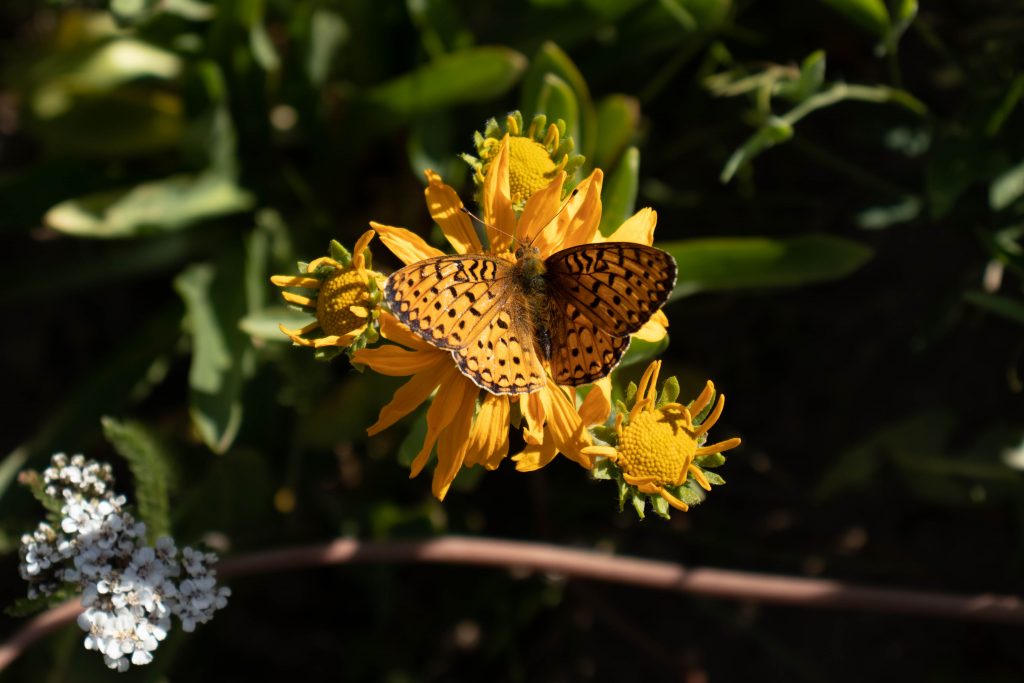
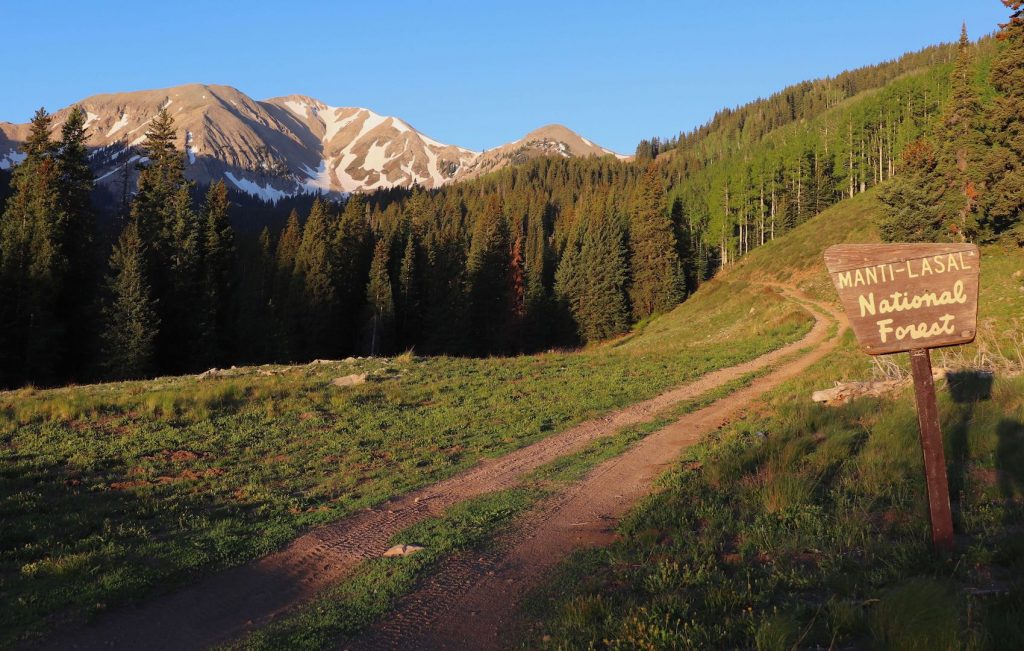
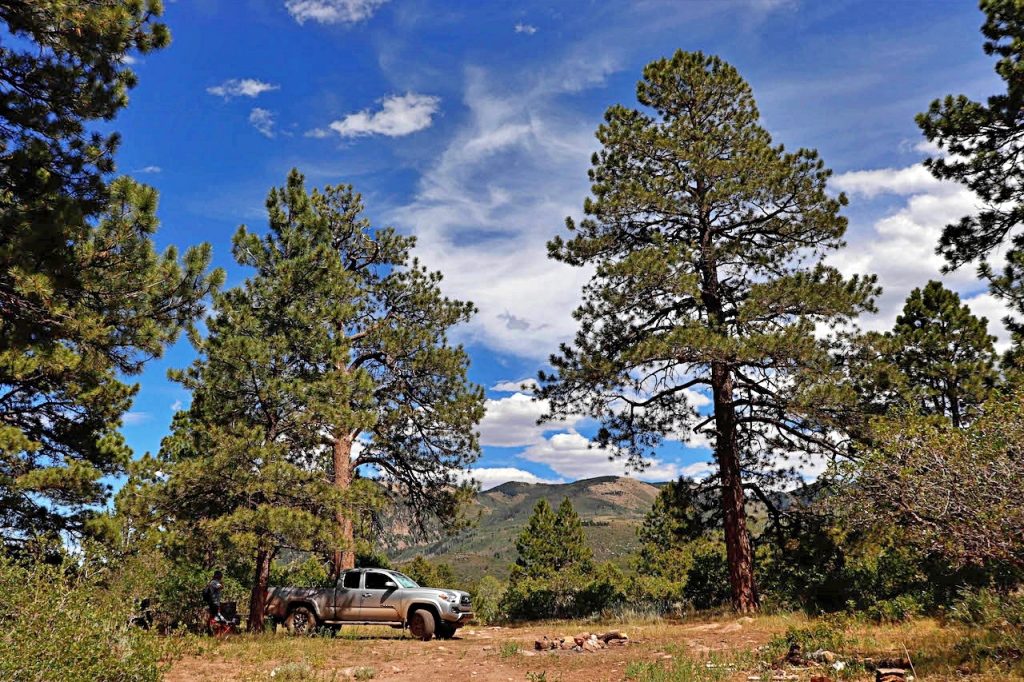
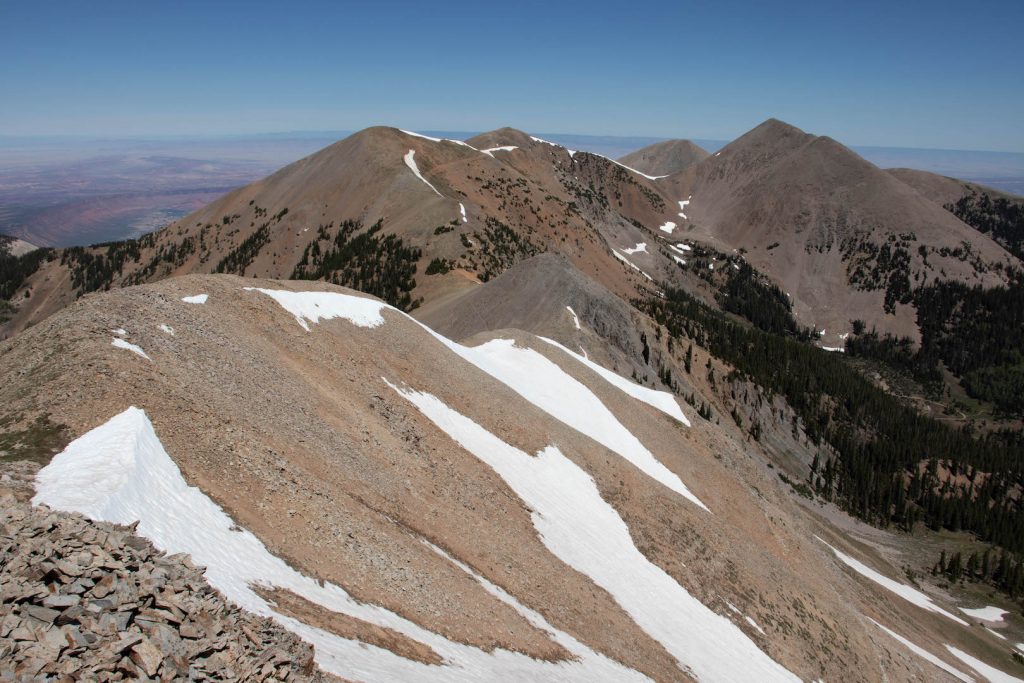
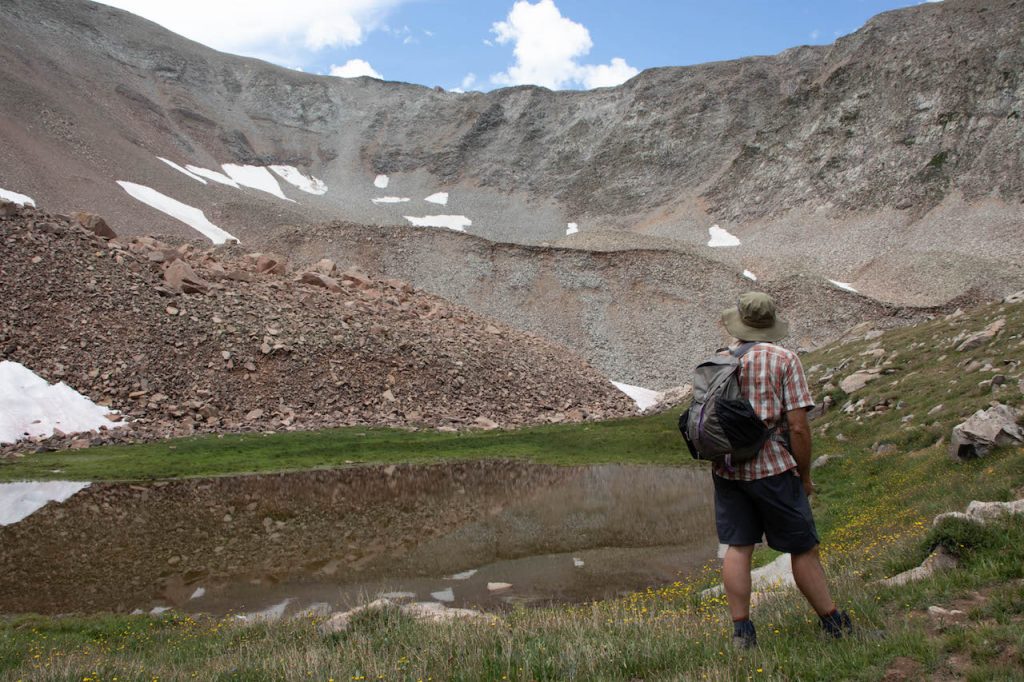
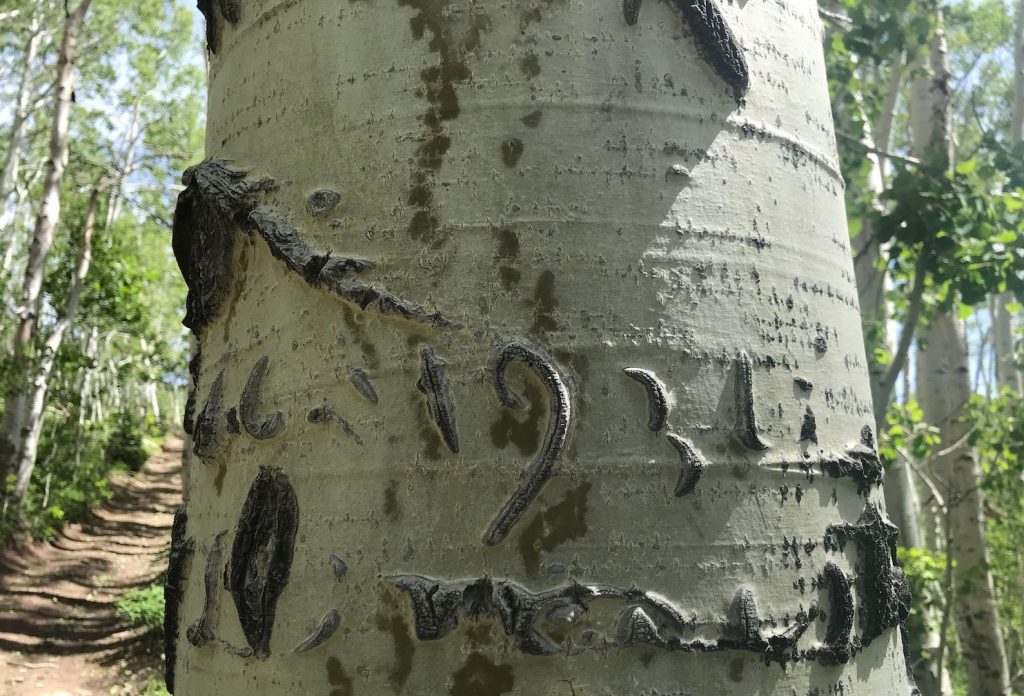
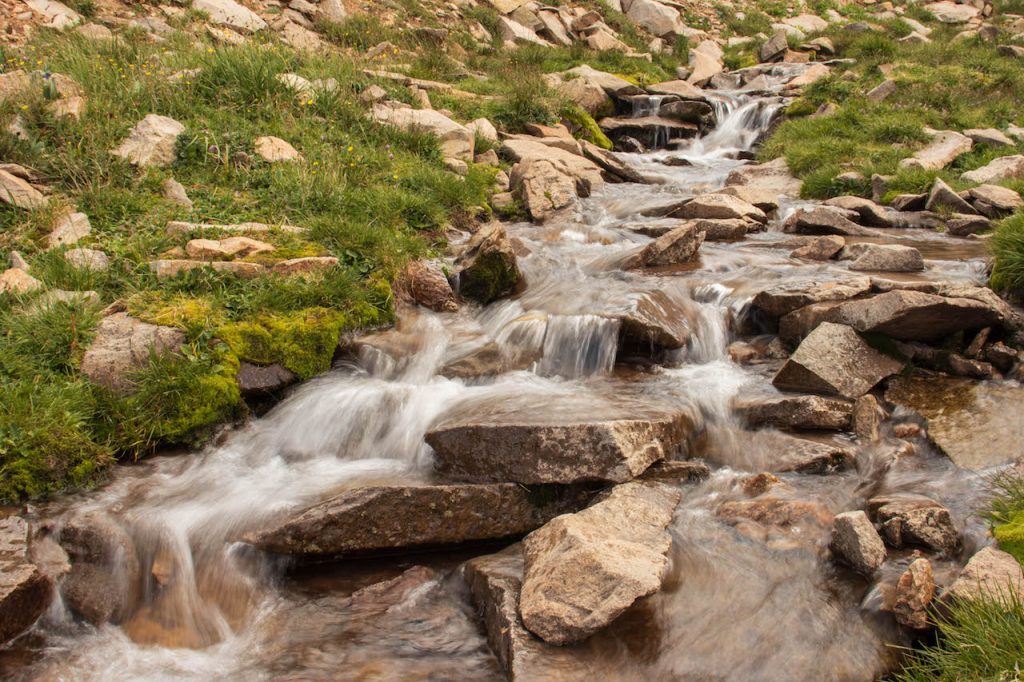
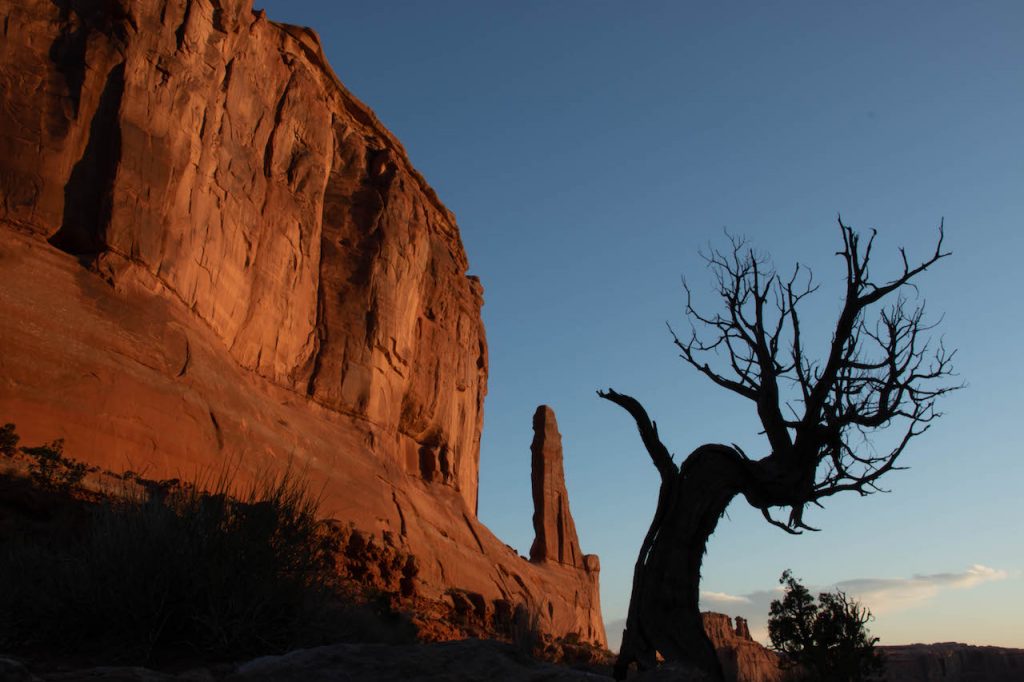
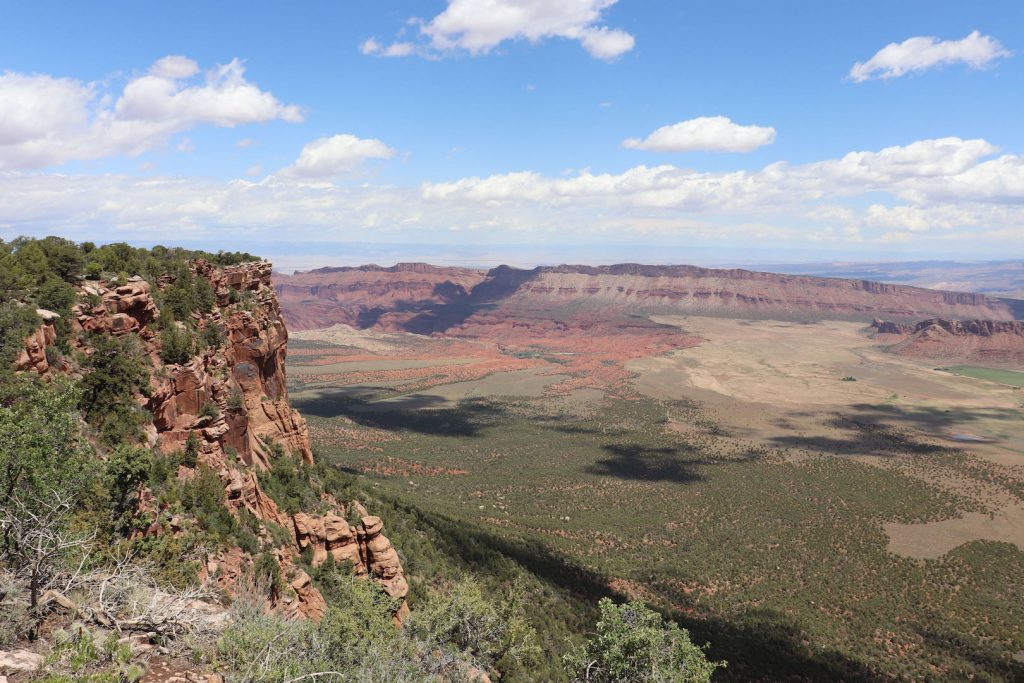
Love this post Joan! I’ve also been thinking of ways to make local parks more interesting. Inaturalist has been a lot of fun for me as well. Its incredible how many species we can find around us.
I love this. Great ideas. Thanks.